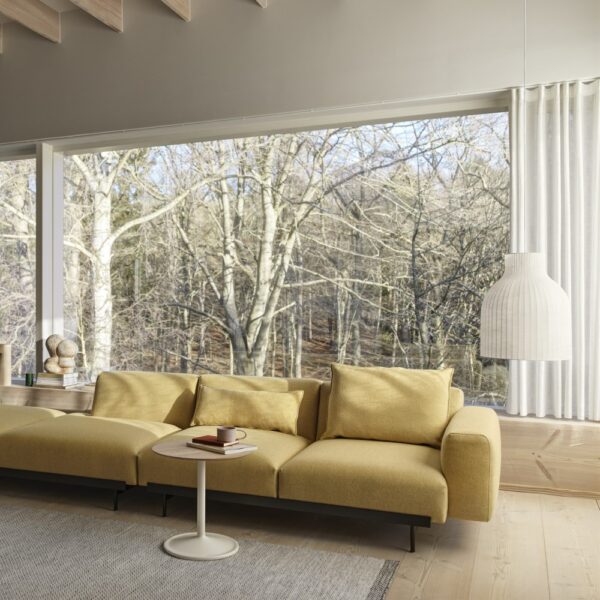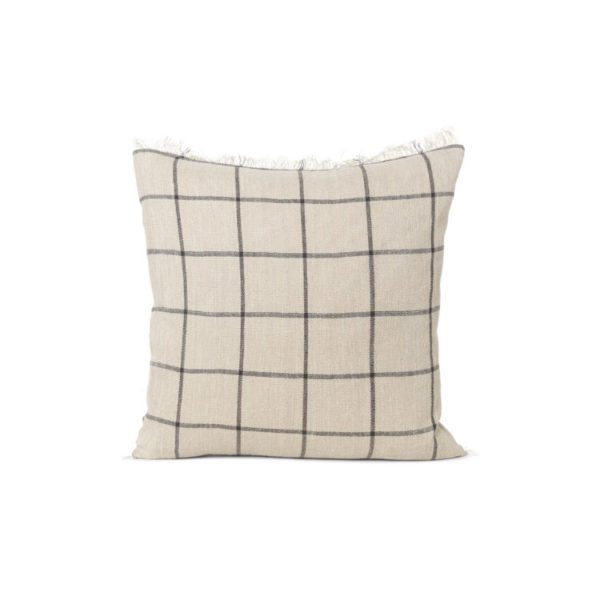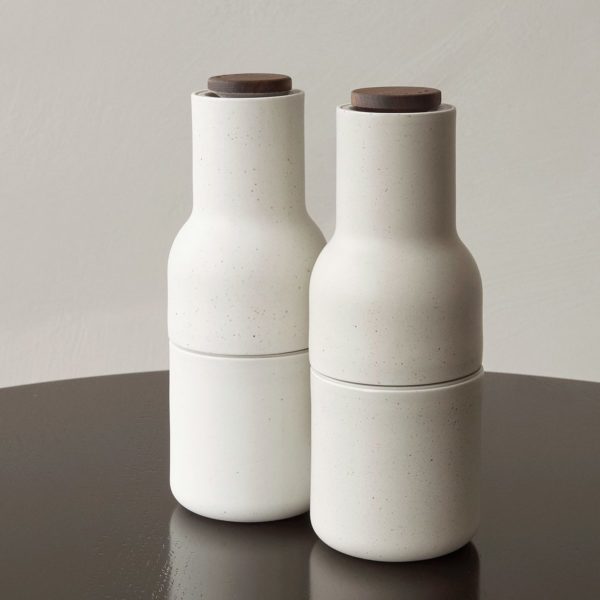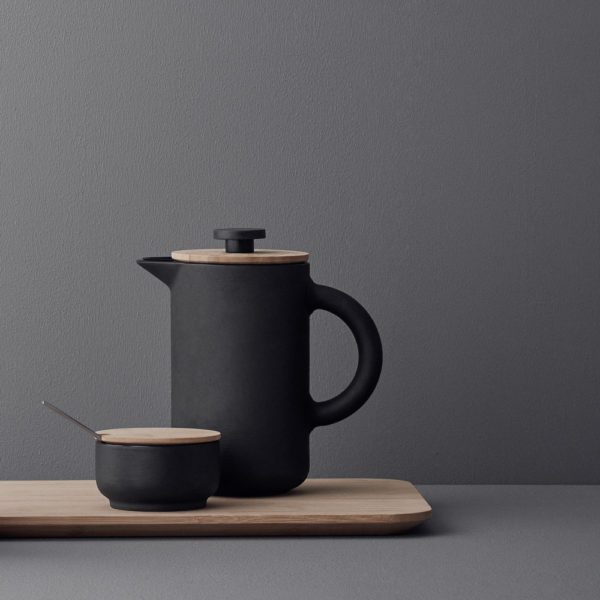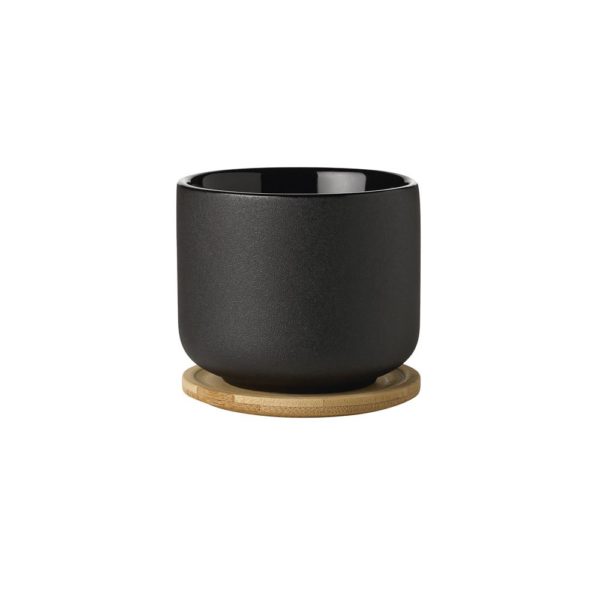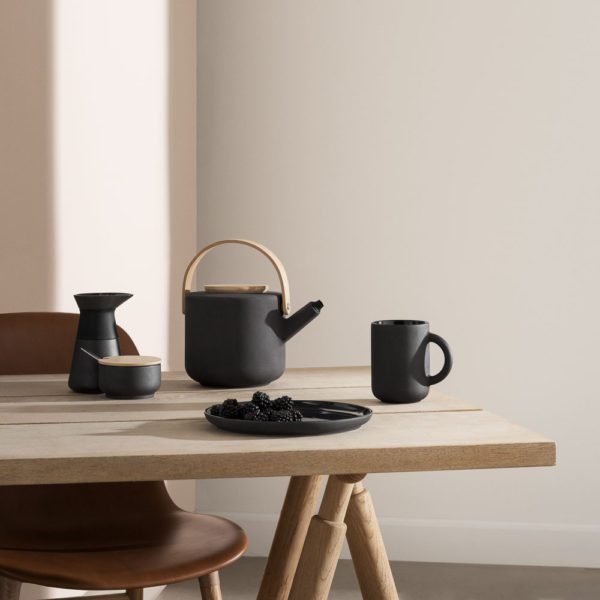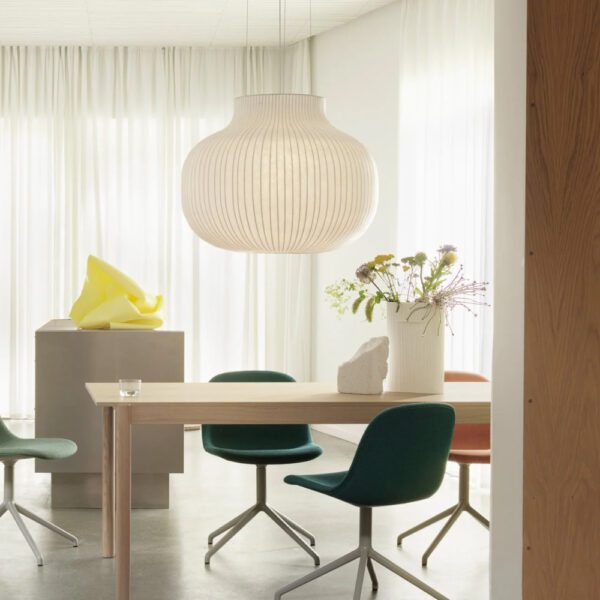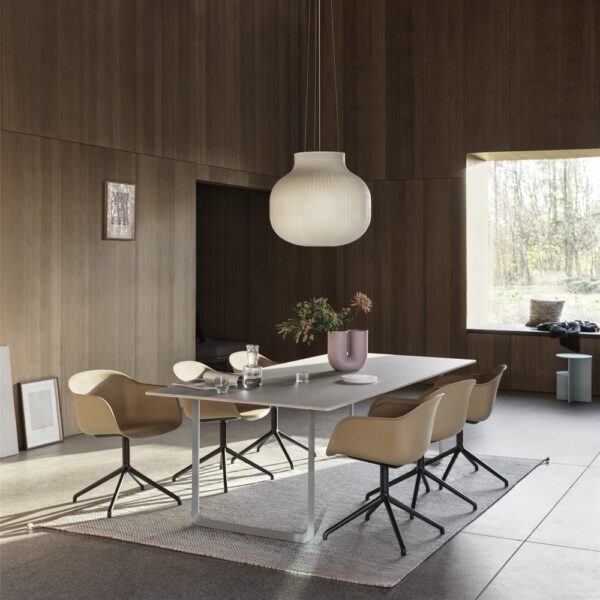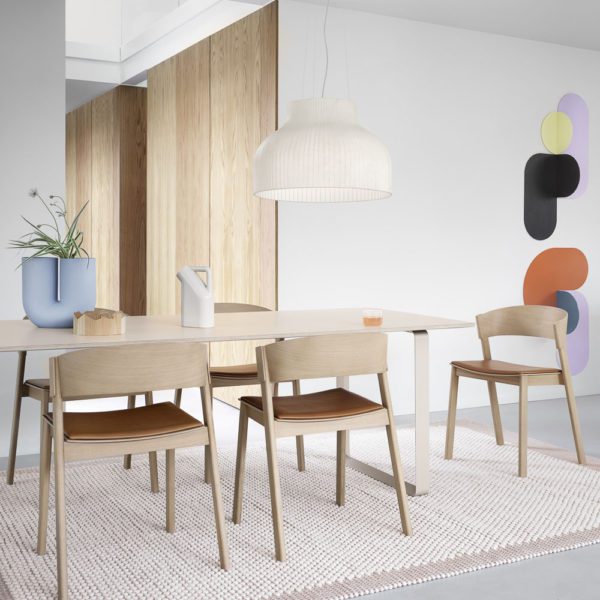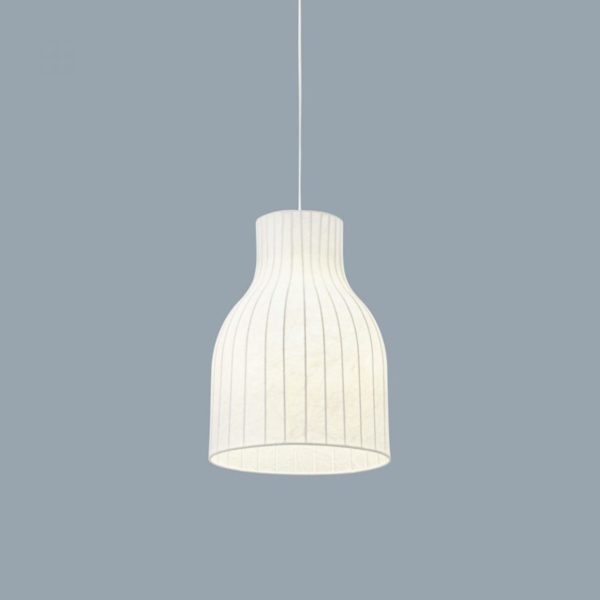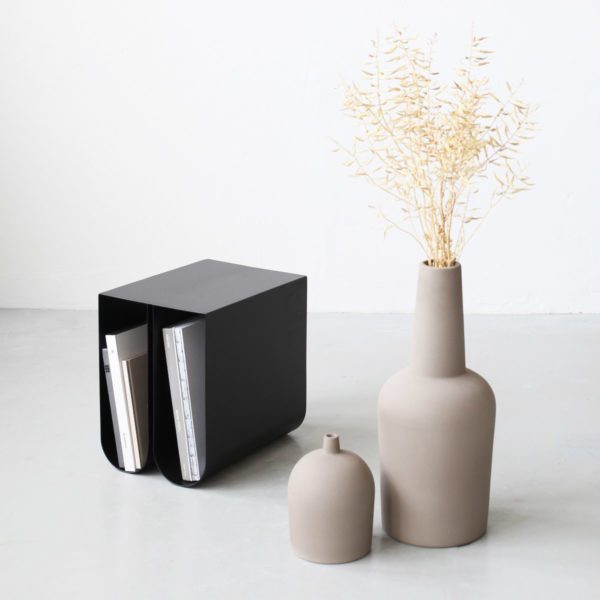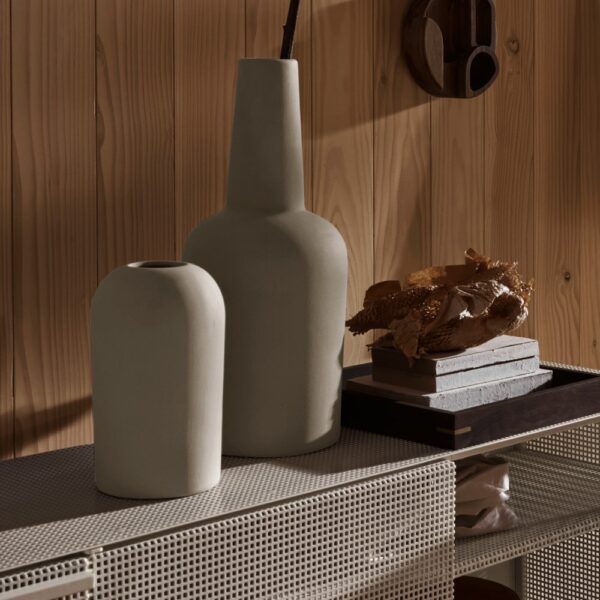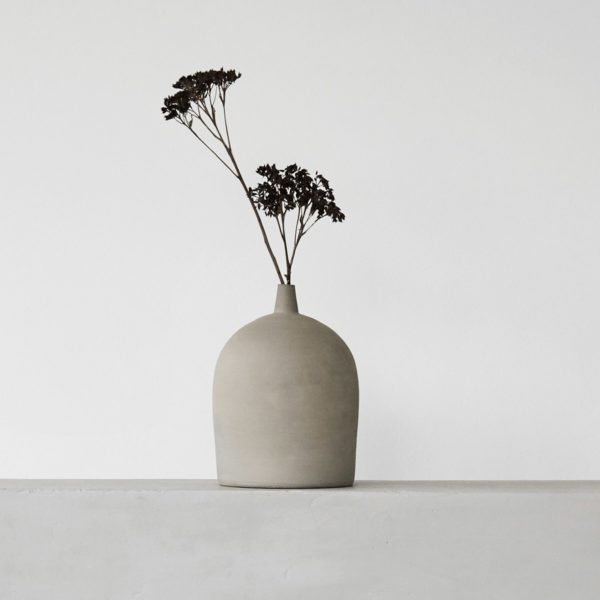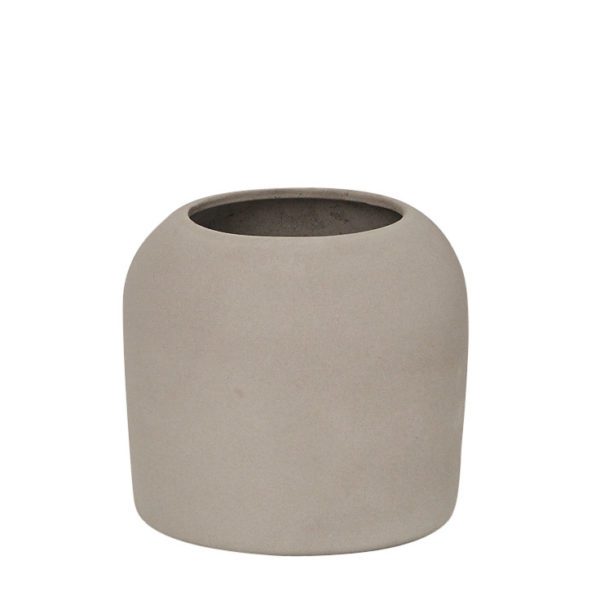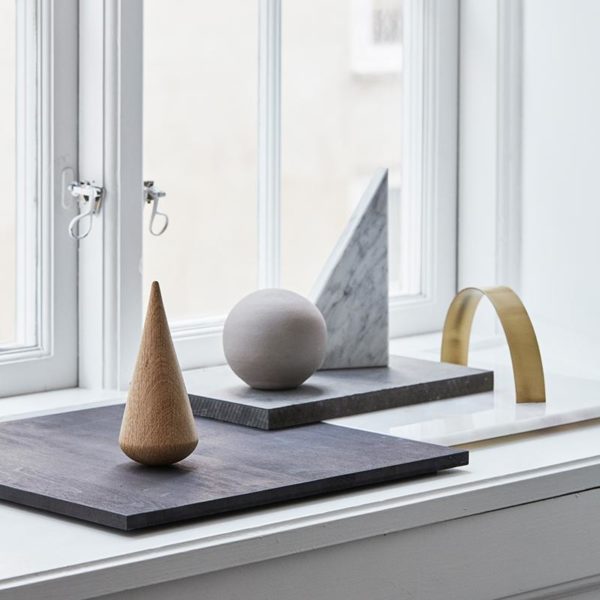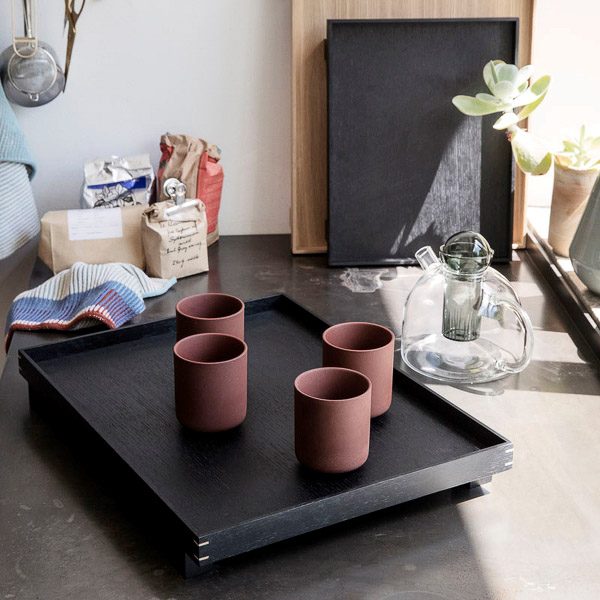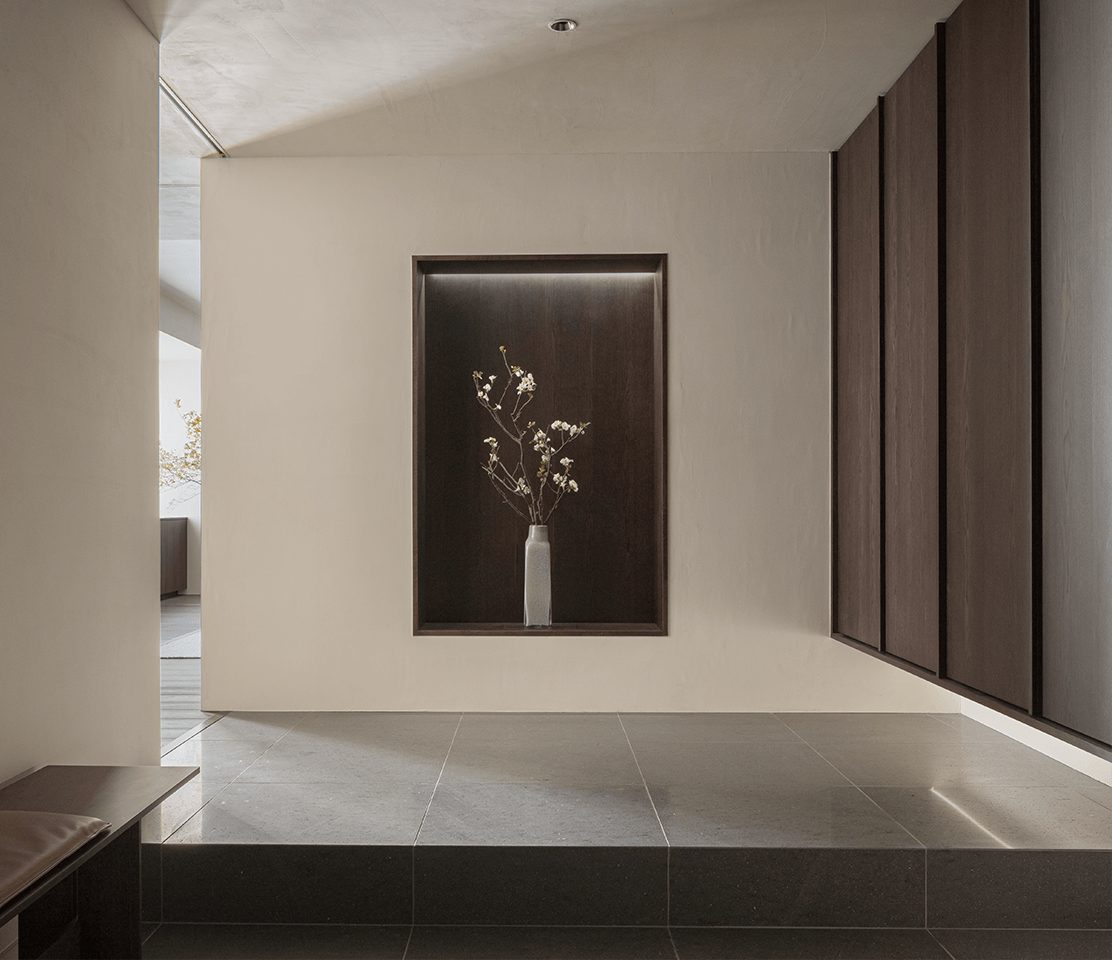
The word on every design enthusiast’s lips, ‘Japandi’ is the latest in an ever-growing series of trends, targeting the world interiors and architecture. But is this hybrid of aesthetics and principles really all that new, and will it endure the changing landscape of interior design? And most importantly, how you can bring this look into your home?
Trends tend to underpin a fair bit of our day-to-day design life – it’s a common theme in just about any industry. Something becomes an ‘it’ item, it’s replicated in mass amounts, and then all of a sudden you see said item everywhere, and everyone has one, and then it’s all too much, and then it’s gone. The world of interiors sees this happen over and over: chevron vases, brass pineapples, rose gold lamps… the list of trends is endless.
But every now and then, a trend will come along and securely implant itself into the industry and our minds. Something eye-catching, something that goes beyond a month in the spotlight, something that can only be described as classic style.
Which bring us to Japandi. Blending Scandinavian and Japanese design principles, aesthetics, materiality, and craftsmanship, we believe this trend is more than just a seasonal fling. In fact, you could argue it’s been a movement for quite some time. Architecture and interior studios, such as Norm Architects, have perfected the marriage of Scandinavian and Japanese design principles perfectly, with their stunning projects highlighting the similarities of the two.
Let’s check out a couple of examples of Norm doing their Japandi thing. We have the Azabu Residence, which draws on a rustic Scandi look, offset by Japanese minimalism, and the Archipelago House, influenced by traditional Japanese craftsmanship, with rich Scandinavian textures.

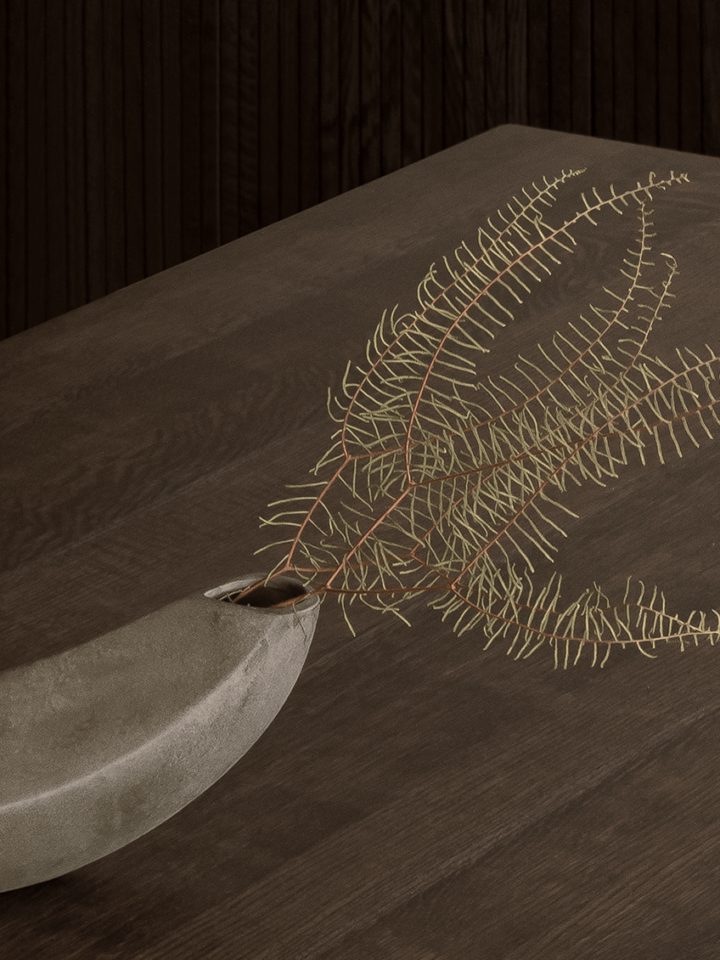
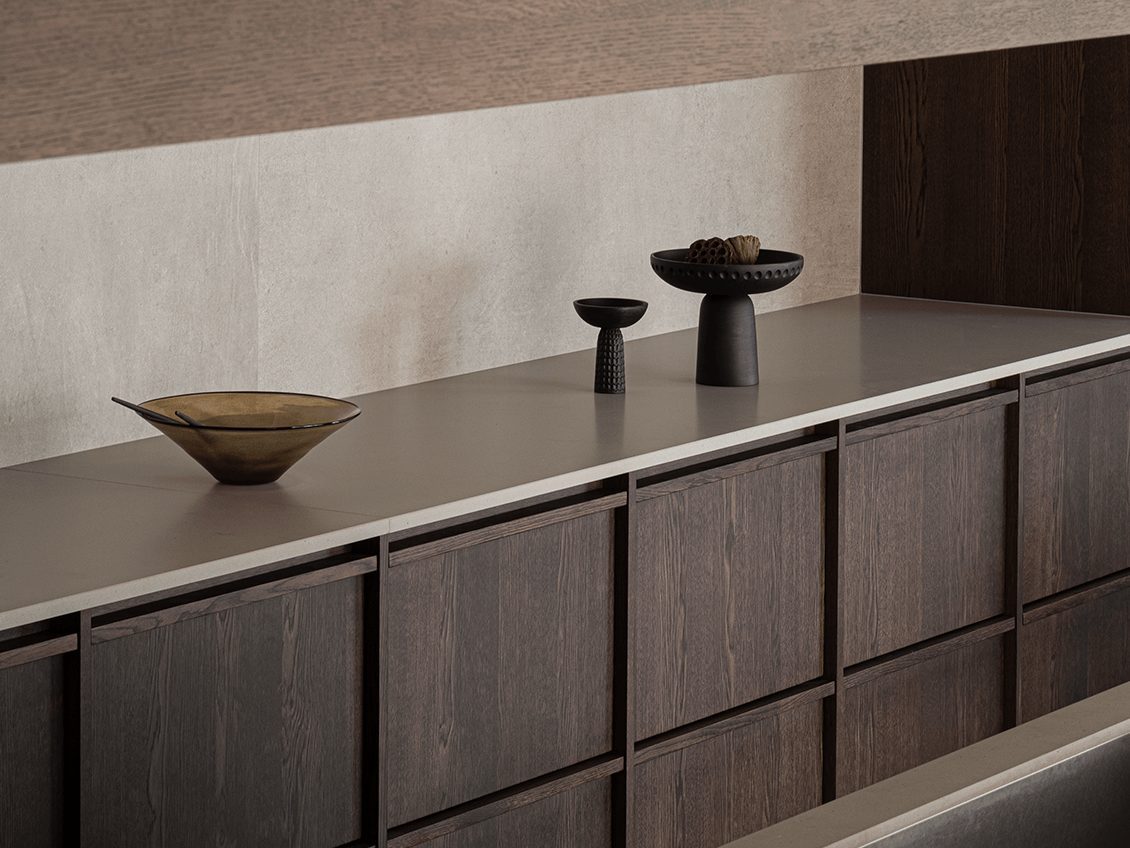

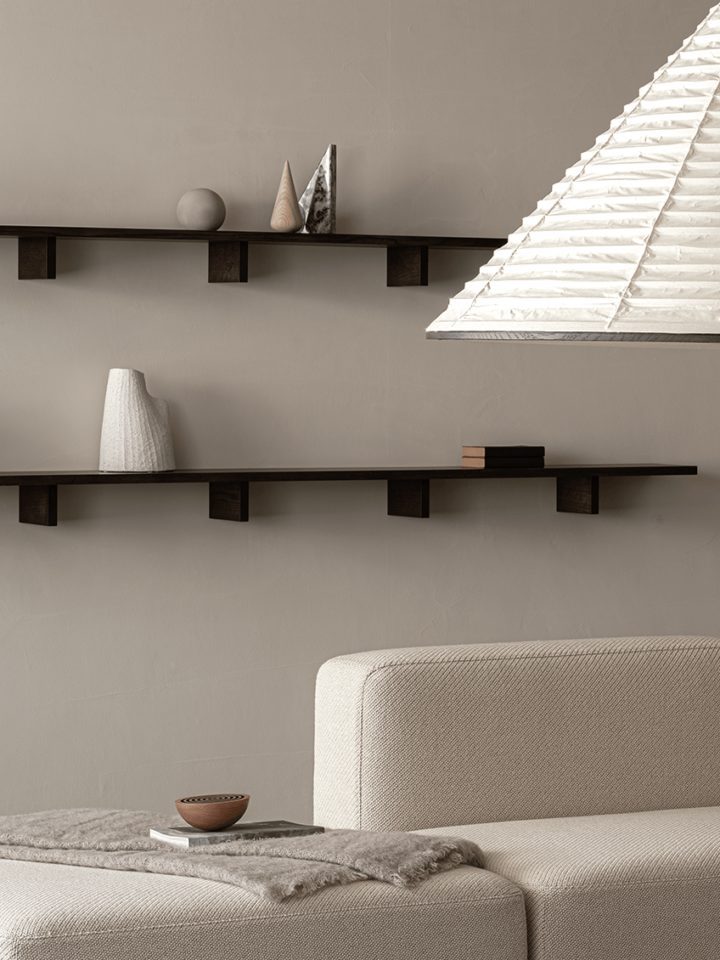
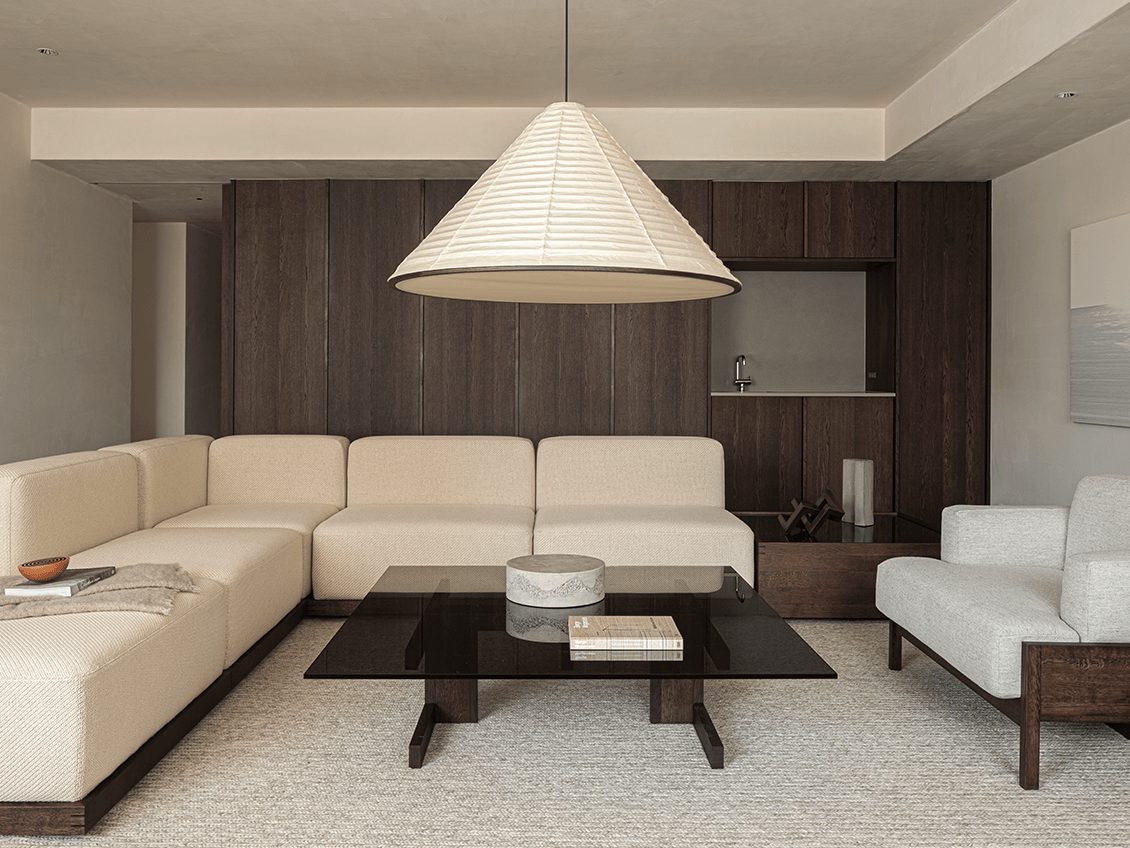
Azabu Residence, Norm Architects
Set in a luxury 1988-built apartment, this tucked-away home can be discovered in the Nishi-Azabu residential district in Tokyo. A welcoming space, it establishes a sense of calm, and connection to nature, despite it being in the middle of the city.
Now when it comes to the overall look and feel of the Azabu residence, the Scandinavian and Japanese influence is evidently clear. There’s a rustic-ness to the space, mostly through the choice of textured, dark materials, often found in cosy Scandi interiors. However, the Norm also introduces clean, minimalist lines, and plenty of white space, which is an expression often found in traditional Japanese homes.
When it comes to the way the home has been styled and furnished, there’s one observation you’ll have no trouble making. This apartment is so damn tidy. A Japandi home requires everything to be orderly, organised, and clean. Norm achieves this through clever and discrete storage, which appear to be part of the environment. The space also demands calm, achieved by sticking to a neutral colour palette. Your eyes are able to peacefully scan through the environment without interruption by something jarring. There’s very little contrast here, and the result is a visually smooth space.
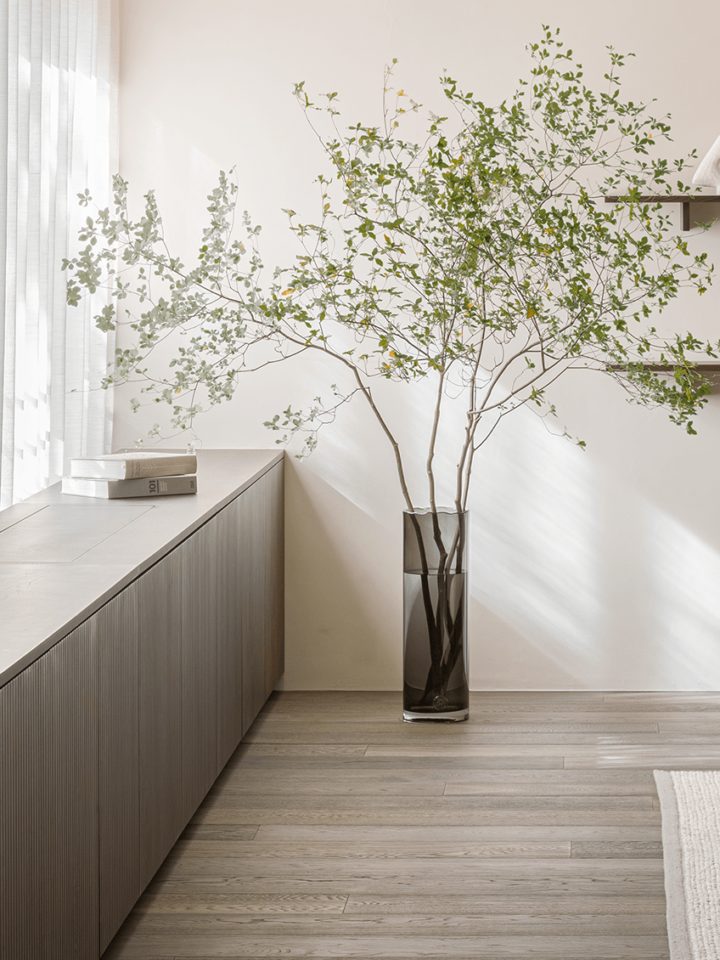
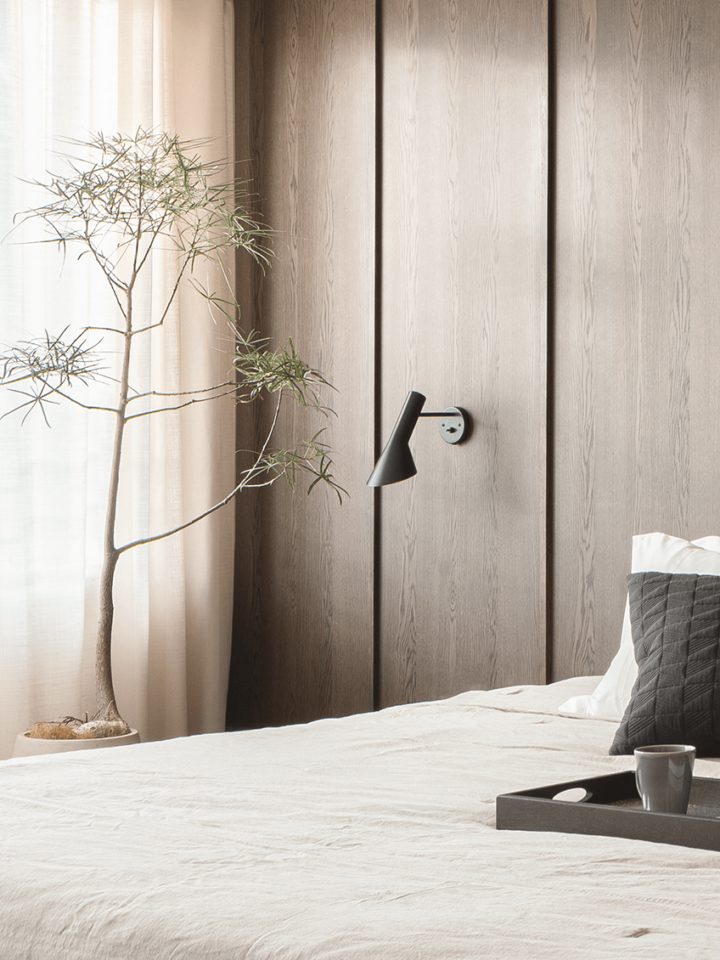
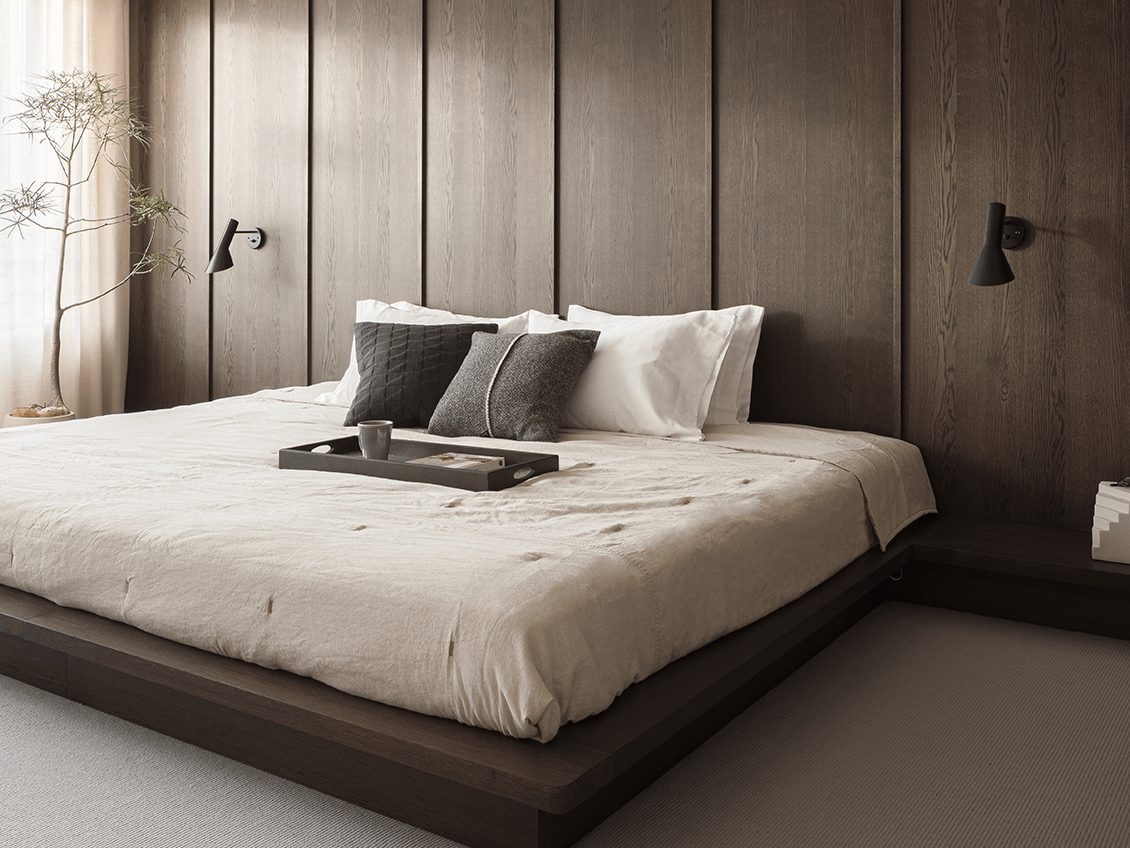
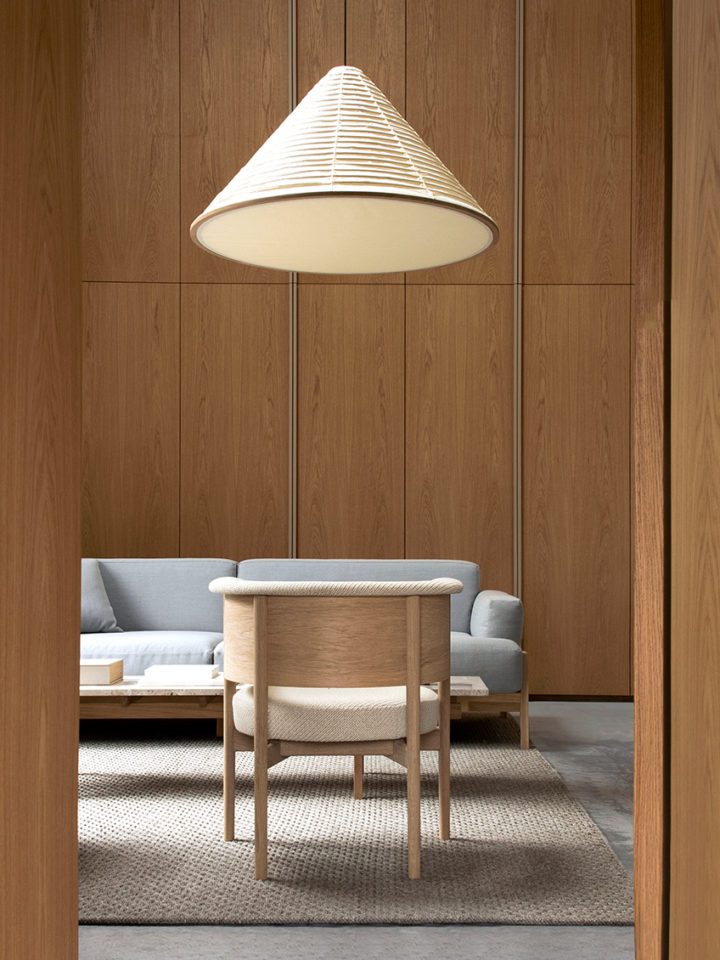
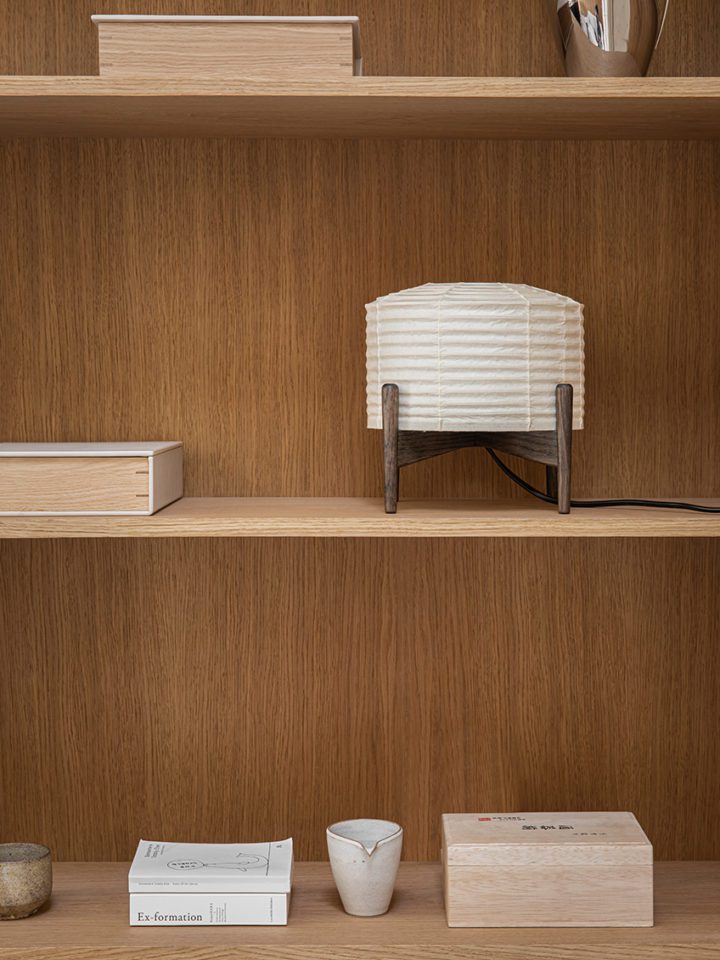
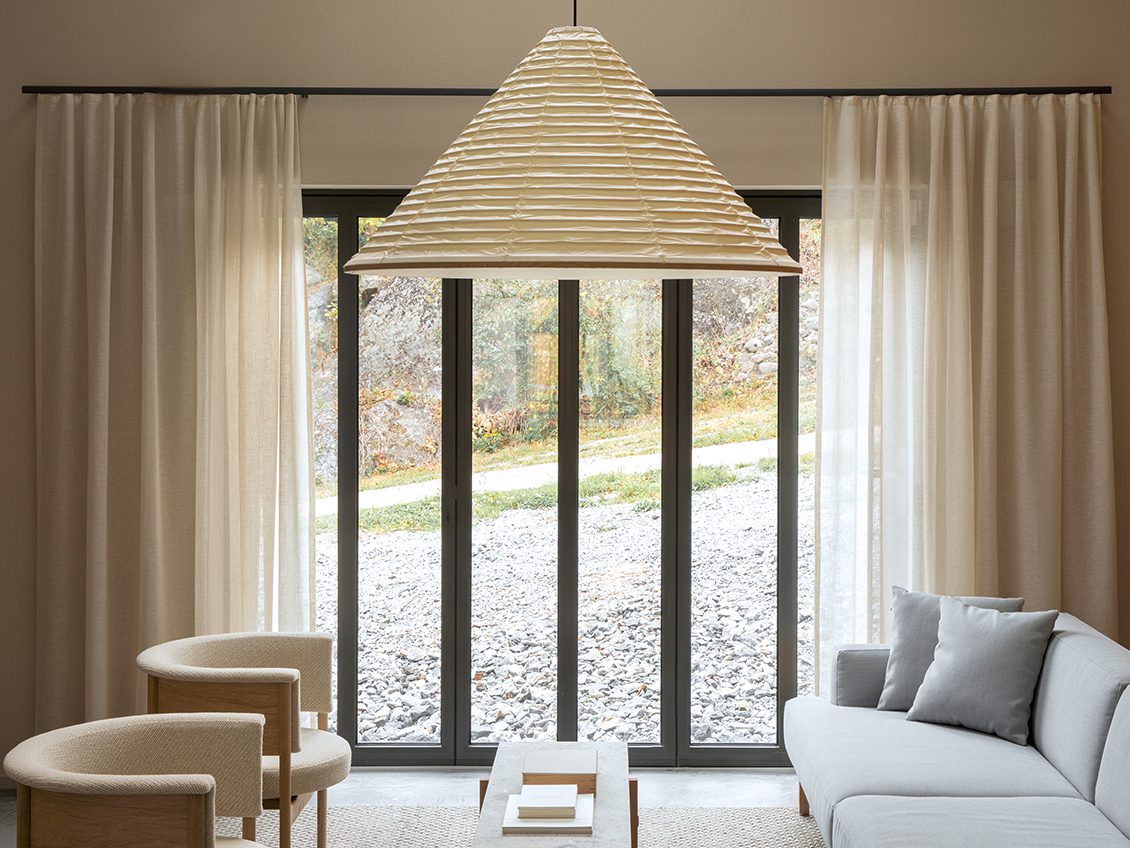
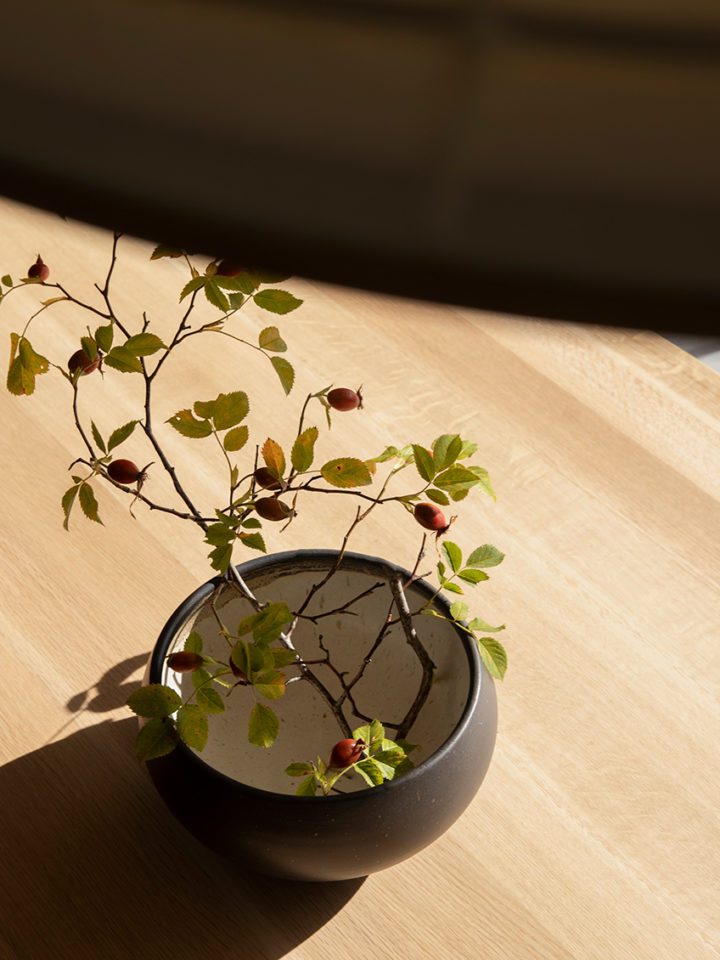
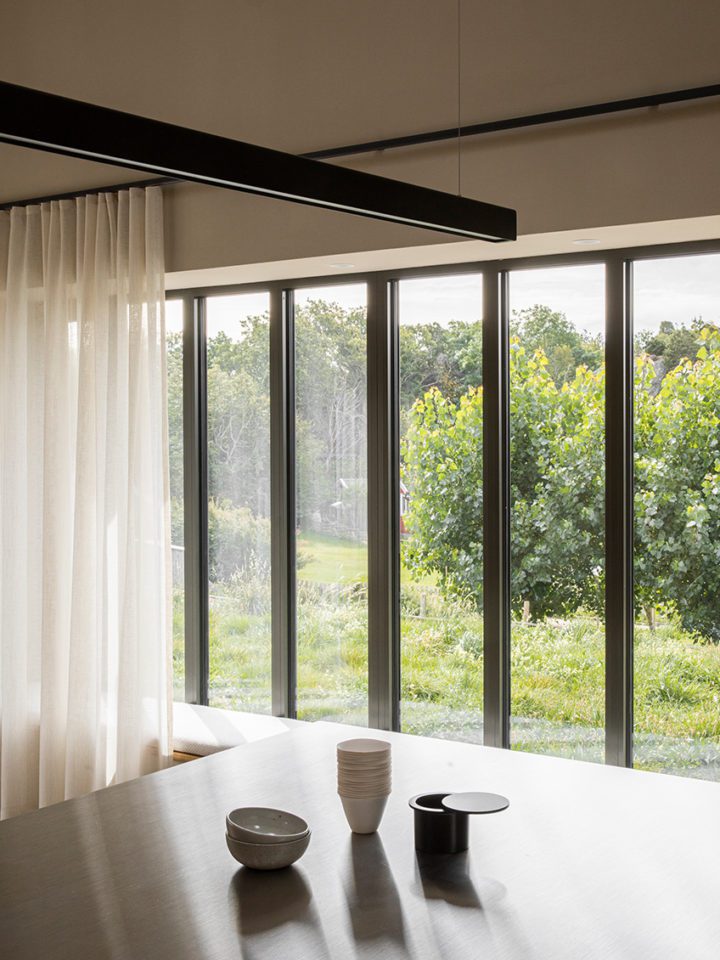
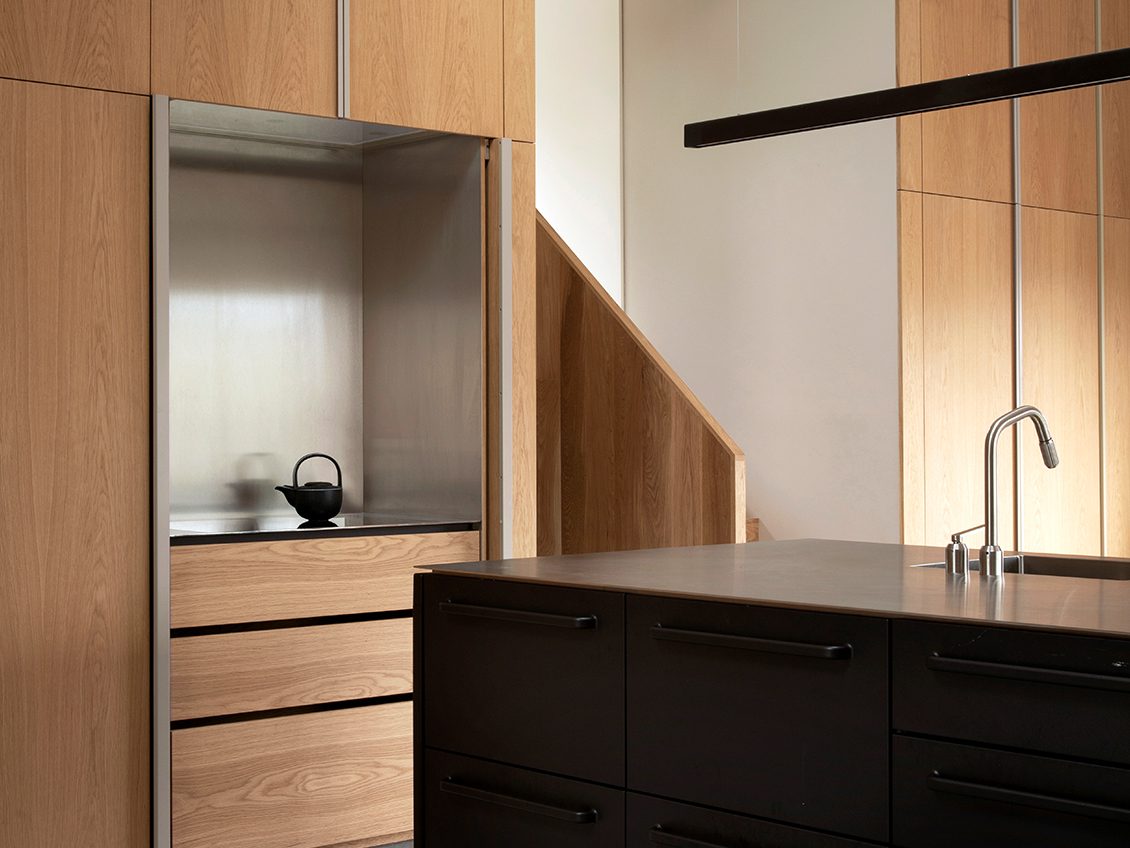
Archipelago House, Norm Architects
A wooden structure, gracefully and harmoniously merged into the natural surrounds, is the base for Norm’s Archipelago House. This connection to nature has been transferred into the home’s indoor environment, creating a softened and calm space.
There are some very obvious Japanese elements to this home, ranging from styling, furnishings, and finishes. Paper lamp shades, bonsai-esque branches, and blonde timber are all qualities linking back to Japan’s traditional style of homebuilding and decorating. These elements are offset and brought into a contemporary context via a Scandinavian touch – notice the various visual textures at play, from stone to steel to fabric. These help create balance through visual contrast and tension, accentuating the home’s design story.
And though the space has been styled in a minimalist fashion, there’s a careful and clever curation of pieces to create interest, and draw upon the stylistic histories of both Japan and Scandinavia. The Japanese mastery of incorporating whitespace turns each piece into an artefact, drawing a sense of importance and intent.
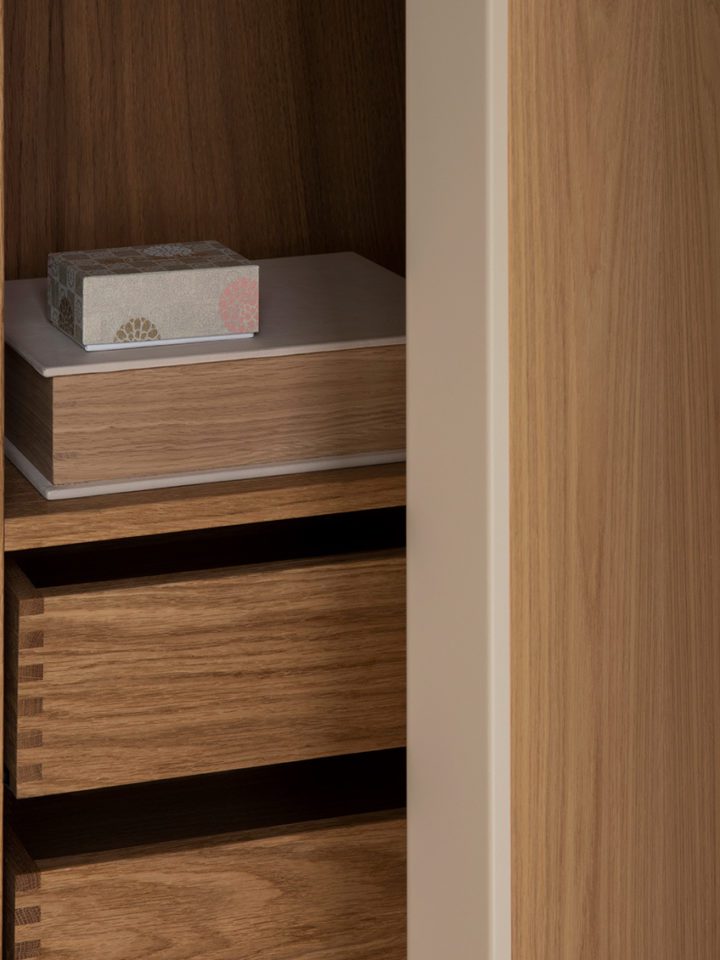
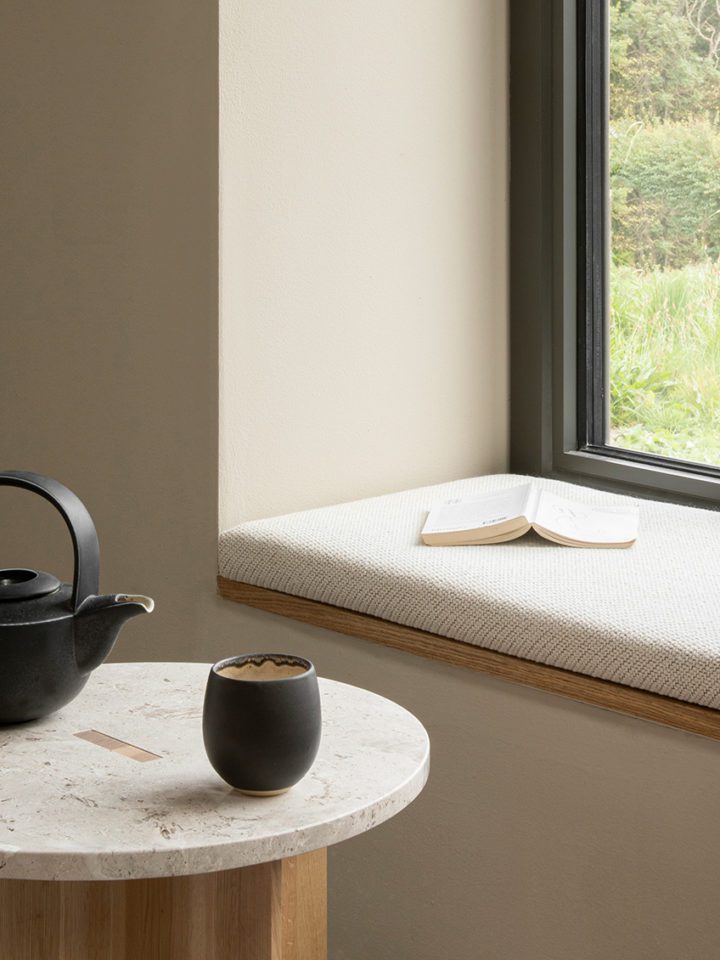
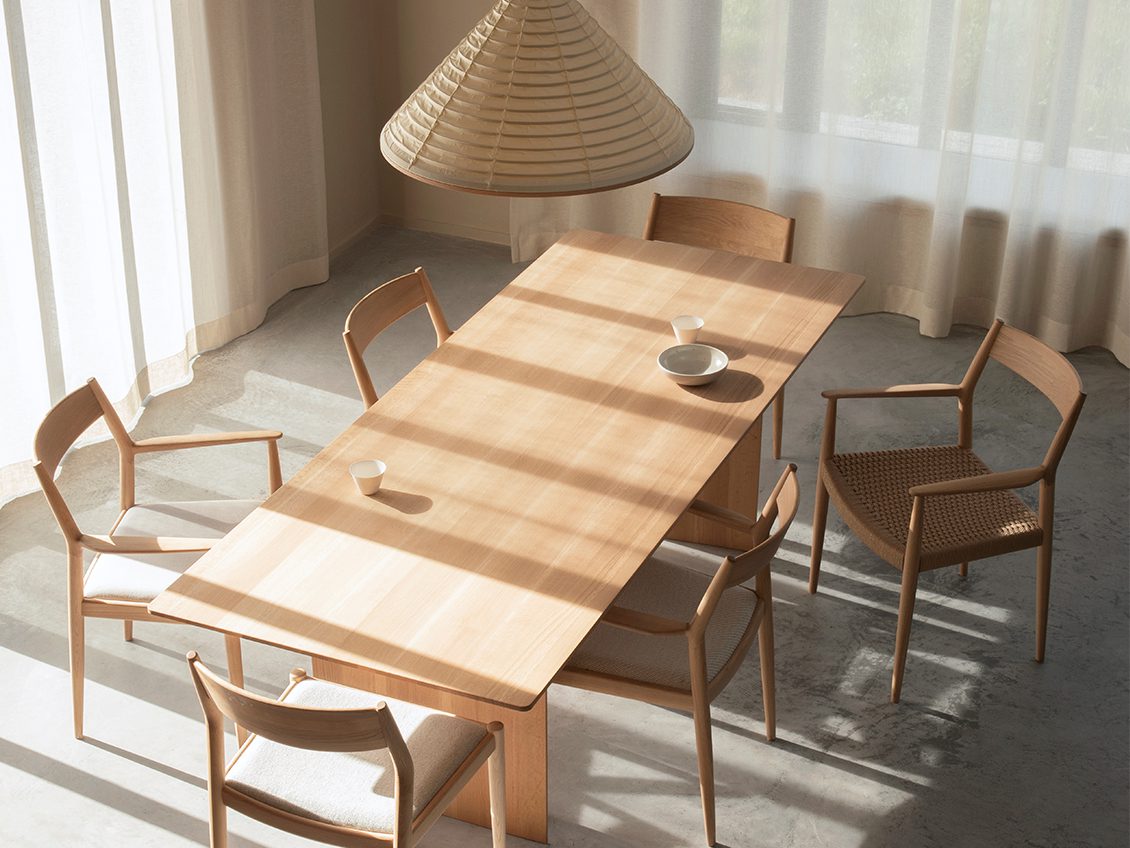
The Takeaway
So after looking at the two projects, there are a number of conclusions/rules we can draw regarding the Japandi style. These can then be used to help you replicate this style in your own space.
1. No Time For Clutter
Honestly, we ain’t got no time for mess… well, excessive mess. It’s true that keeping your home spotless 100% of the time, is near impossible. But that’s not an invitation to give up on keeping things tidy where possible. The Japandi home looks to clever storage solutions to keep the blissful flow going. If you’ve got plenty of built-ins, fab. If you don’t, consider investing in storage boxes (stylish ones of course, think the range from MOEBE or Skagerak) to start your declutter. The result will be a home that’s a true escape from the mess of the world, a place for inspiration, and calm thought.
2. Hunt For Texture
Texture is fun. Texture is exciting. We love texture. We’ve discussed texture in the past (which you can read up on here) and it’s importance in the Japandi home is paramount. Bringing both visual and tactile elements into a space helps create a sense of place, and injects a decent dose of Hygge and warmth. Seasonally, you may wish to change your textures up a little to match the weather, but you can always get away with a quality cushion (hey there Ferm Living), or a lightweight throw blanket (hello again Ferm Living).
3. Embrace White Space
Minimalism matters in the Japandi home, and draws from the Japanese and Scandi decorating concept of refinement. Look for decor, furniture, and lighting with a clean, pared-back silhouette. This will help open your home up, and give your eyes a restful break. Not everything has to be super minimal, you can definitely have the odd focal/statement making piece in a room. But try to make those statements purposeful, and not replicated everywhere. Our mate Kristina Dam is the perfect go-to for interesting, yet minimal decor pieces. You won’t be disappointed.
4. Longevity Matters
Craftsmanship is sacred to both the Japanese and Scandinavian styled home. Which obviously means it’s really important in the Japandi home too. So, when it comes to buying something new, do your research. Read up on crafting practices, get hands-on time with the product, and determine if this feels like a piece you’ll have forever. Sometimes spending that little bit more on a beautiful mouth blown glass carafe, will result in many years of joy compared to the cheaper, mass-produced plastic alternative. Just sayin’.


